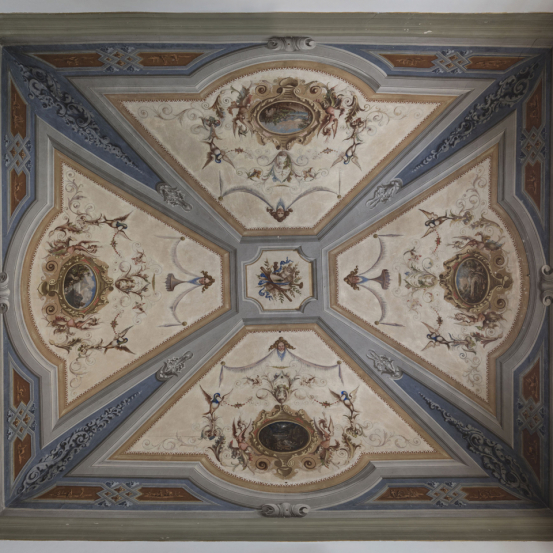Philosophy
Palazzo Dal Borgo
The palace was built by the Dal Borgo family during the first half of the sixteenth century. The family came from a small village near Florence, Borgo San Lorenzo, and were better known as "GRULLI".
The Dal Borgo family, together with the Pazzi family, organized the "Scoppio del Carro", an ancient Florentine Easter tradition that included the shooting of fireworks from a carriage to celebrate the victory in the Crusades.
Palazzo Dal Borgo was restored in 1590 by Piero di Jacopo Dal Borgo, in honor of Cosimo de 'Medici. Above the entrance you can see a marble bust of him. On the façade it is also possible to see graffiti that document the life of the Grand Duke of Tuscany.
The front door is bounded by stones. The windows on the façade have window sills and typical Florentine decorative frames. There is an odd number of windows on the facade and the distance between them varies: this shows that the building has undergone successive expansions.
On the left side of the middle of the facade, there are three windows on each floor. The right side of the facade is completely different: it has four windows on each floor, as well as two openings on the ground floor, shielded by iron gratings.



